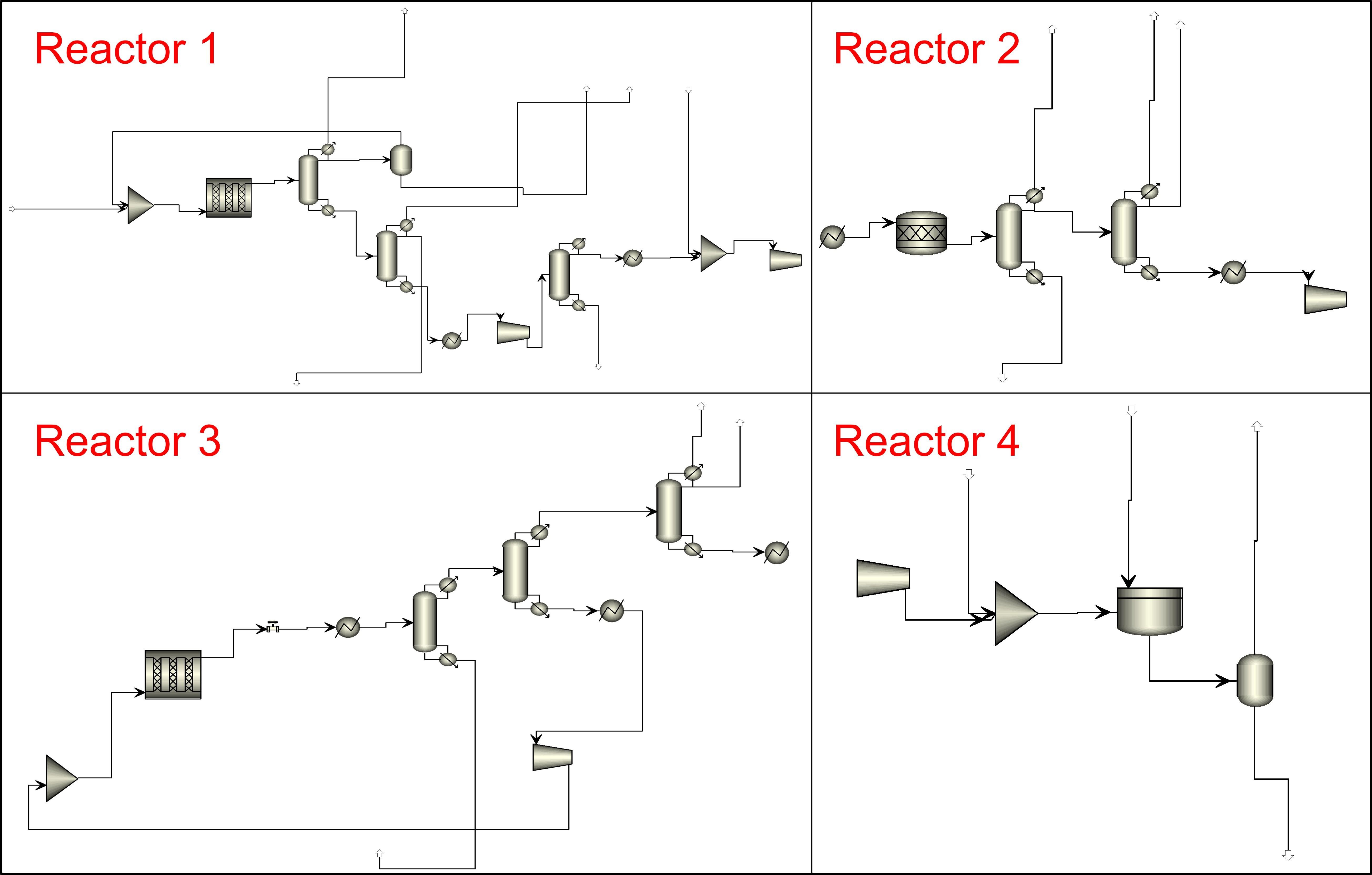Project Description:
This project presents a comprehensive model for the synthesis of polytetrafluoroethylene (PTFE) using Aspen Plus, alongside an economic evaluation of a PTFE production plant. The feasibility of the process is assessed through an analysis of capital costs and operational costs, including raw materials and labor.
PTFE is a high-performance fluoropolymer synthesized via the radical polymerization of tetrafluoroethylene (TFE). PTFE is widely used in applications ranging from biomedical devices and electrical insulation to non-stick cookware coatings. PTFEs exceptional heat resistance, low surface friction, chemical inertness, and mechanical strength stem from the strong carbon-fluorine bonds in its molecular structure. Since its discovery in 1938, PTFE has been extensively studied with detailed information available on its reaction kinetics and industrial production.
The simulation performed in Aspen Plus models the PTFE production process from feedstock to final product, starting with the conversion of methane (CH₄), chlorine (Cl₂), and hydrogen fluoride (HF) into key intermediates. The process is divided into four main reaction stages: (1) chloroform synthesis, (2) chlorodifluoromethane production, (3) pyrolysis to generate TFE, and (4) polymerization of TFE into PTFE. Intermediate separations are required and performed via distillation columns and flash drums to remove byproducts and unreacted components. Additional units such as heaters, coolers, compressors, and turbines regulate temperatures and pressures between key unit operations. Two recycle loops are implemented to improve reactant conversion and overall process efficiency.
The simulation successfully integrates all unit operations into a continuous flow process. However, economic analysis indicates that at the studied production scale, the process is not currently profitable due to high capital and operating costs. Profitability may be achieved through significant upscaling of PTFE as the profit obtained through selling more PTFE heavily outpaces the increase in capital cost. Profitability may also be achieved through optimization of the charge used in polymerization which would require additional kinetics research to be conducted.
